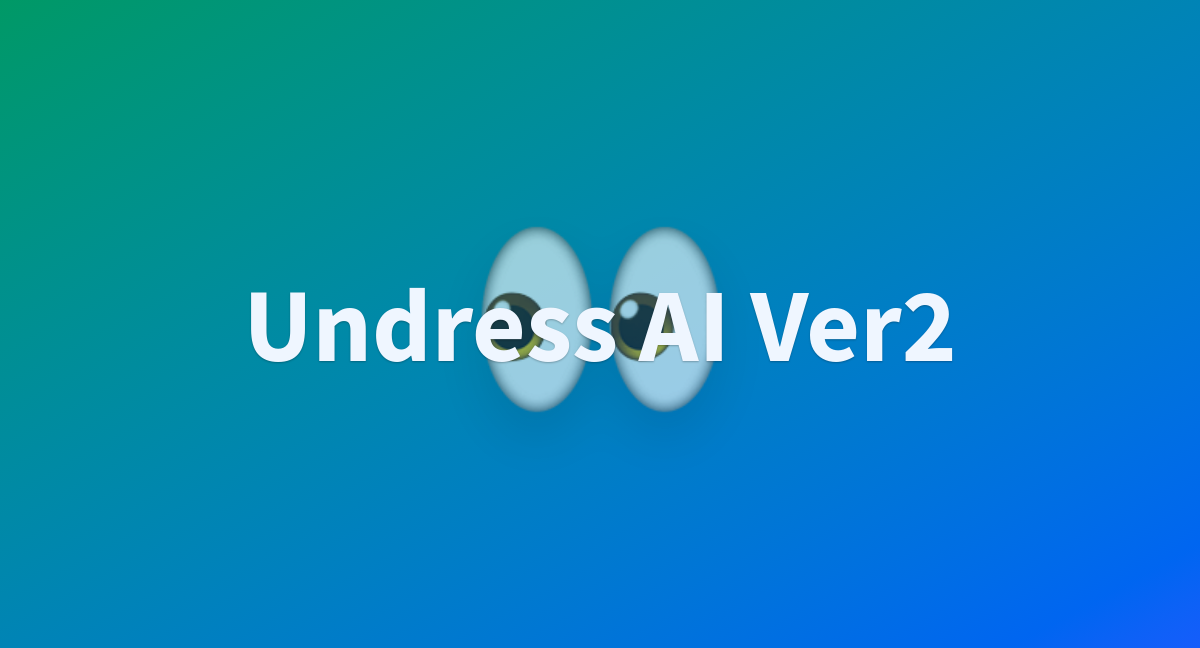In an age defined by rapid technological advancements, are we truly prepared for the ethical quandaries that emerge alongside them? The rise of AI-powered "undressing" tools, capable of digitally removing clothing from images, presents a complex web of opportunities and potential harms, forcing us to confront the boundaries of privacy, consent, and the very fabric of our digital reality.
The digital landscape is constantly evolving, and with it, the tools available to manipulate and transform images. Among these, a new breed of AI applications has emerged, promising the ability to "undress" photos with remarkable ease and accuracy. These applications, often marketed with promises of creative potential and effortless image editing, operate on the principle of advanced AI models, trained on vast datasets of clothed and unclothed imagery. The user experience is typically simple: upload an image, and the AI algorithms go to work, attempting to detect and remove clothing, generating what are commonly referred to as "deepnude" images. While the technical sophistication behind these tools is undeniable, the ethical implications demand careful consideration. These tools raise profound questions about the nature of privacy, the potential for misuse, and the responsibility of developers and users alike.
These AI-powered applications encompass a wide array of functionalities, from the simple removal of unwanted elements in clothing photos to the more complex task of generating nude images. Some tools offer features such as outfit swapping, allowing users to digitally place different clothing styles, including suits, lingerie, and bikinis, onto subjects within an image. The underlying technology often utilizes deep learning algorithms and sophisticated image processing techniques, enabling realistic photo manipulations. Developers are also looking to make the AI easier to use with the push of a button. These tools claim to offer unmatched precision and accuracy, and the capabilities are improving daily.
One particularly notable tool is Undressher, which is promoted as an innovative AI web app enabling users to digitally undress people in photos. By utilizing advanced artificial intelligence technology, it promises realistic photo manipulations with remarkable precision. Another option is Clothoff.io, which utilizes deep learning algorithms. It is a great example of the evolving landscape of AI-powered image manipulation and a case study in the complex relationship between technological advancement and ethical considerations. These tools aim to provide realistic photo transformations, but with that comes responsibility.
Heres a table containing information about these tools:
| Tool Name | Description | Key Features | Potential Uses | Ethical Considerations |
|---|---|---|---|---|
| Unclothy | AI tool designed to undress photos. | Automatic clothing detection and removal, deepnude image generation. | Potentially for malicious purposes, image manipulation. | Privacy violation, non-consensual image generation, potential for harassment. |
| Undressher | Innovative AI web app allowing users to undress people in photos. | Realistic photo manipulations, utilizes advanced AI technology. | Entertainment, image manipulation, potential for non-consensual use. | Privacy concerns, potential for misuse, risk of exploitation. |
| Clothoff.io | Innovative undress AI tool. | Deep learning algorithms for accurate clothing removal. | Image editing, fashion design prototyping (potentially). | Risk of non-consensual image creation, ethical implications of realistic manipulation. |
| AI Clothes Remover | Tool for removing clothes from photos. | Edit unwanted elements, swap clothing styles. | Creative projects, fashion design, potentially malicious use. | Risk of non-consensual image creation, ethical considerations. |
The versatility of these AI clothes removers is indeed noteworthy. Designers can visualize how garments fit on different body types without creating physical prototypes. This opens up exciting possibilities for fashion design, streamlining the prototyping process and enabling designers to experiment more freely. Moreover, these tools can be applied to artistic projects, where image enhancement or modification is desired. The potential of AI tools in these areas is undeniable, offering innovative avenues for creative expression and professional endeavors. The application of such technologies is not limited to designers and artists; however, it is imperative to recognize that the use of these technologies also raises critical concerns.
- Meet The Iconic Peanuts Characters Charlie Brown Friends
- Meet The Cast Of Tv Show Alf Fun Facts Memories
The use of this technology, however, also has its downsides. The capacity of these tools to generate realistic nude images without consent raises fundamental questions about privacy and the potential for misuse. The ease with which an image can be altered, and the realistic nature of the results, can have devastating consequences for the individuals depicted, particularly if their images are distributed without their knowledge or consent. This raises a myriad of ethical concerns and potential legal ramifications. The technology itself is not inherently good or bad; it is the use to which it is put that determines its impact. One must consider the intent behind the use of the tool and the context in which it is being used.
The concept of digitally removing clothing from images, however intriguing, also sparks critical ethical and privacy concerns. The technology offers many possibilities, but at what cost? The ability to manipulate images with such ease presents significant risks, including non-consensual image creation and the potential for malicious use. These tools raise questions about digital consent, image ownership, and the responsibility of those who create and utilize such applications. The creators and users must reflect on the impact of their creations.
The rapid advancement of AI-powered image manipulation technology presents a complex landscape. While offering exciting opportunities, it also demands careful consideration of ethical implications and potential for misuse. As society grapples with these challenges, it is vital that we prioritize digital safety, privacy, and ethical conduct in the realm of artificial intelligence.
- Scooter Braun P Diddy Exclusive Collaboration
- Brad Pitt And Angelina Jolie Split A Timeline Aftermath


